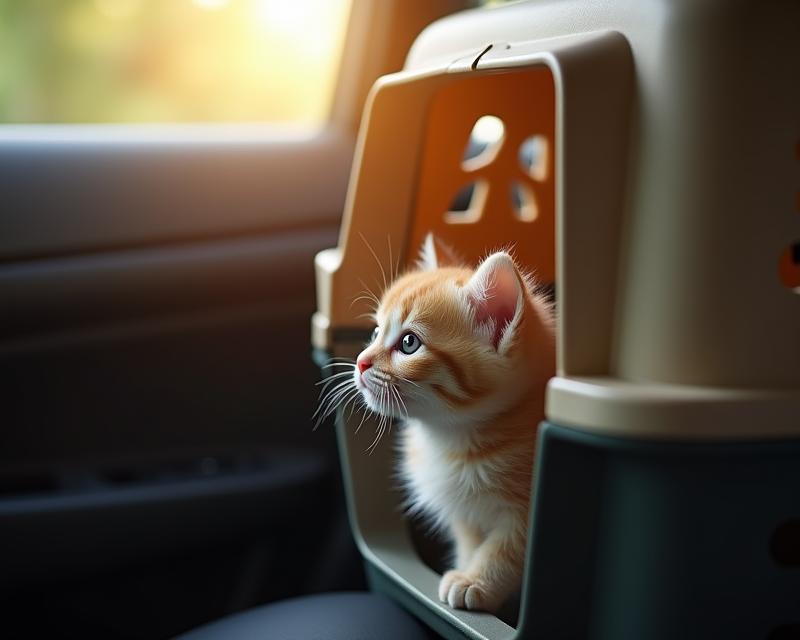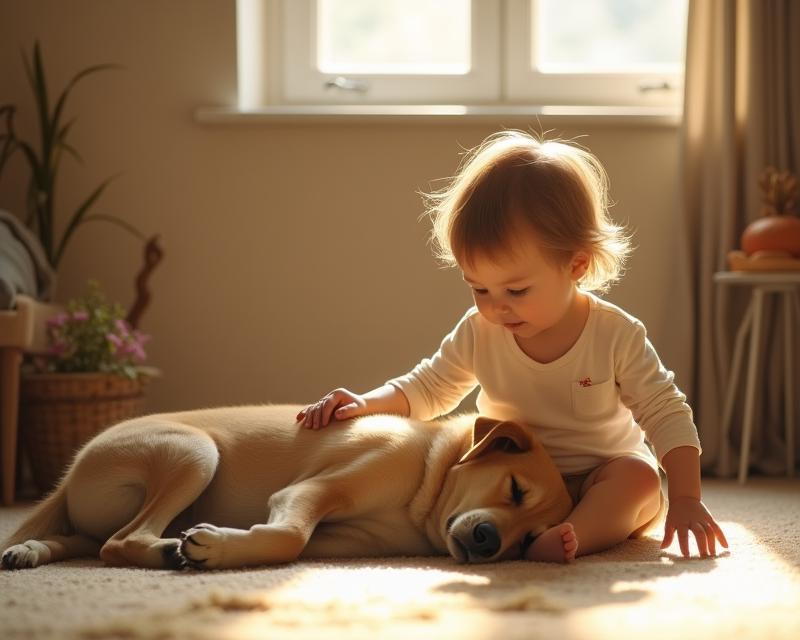Car Rides & Curious Kitties: A New Adventure!
Publish in General Care el 28/06/2025 18:43
Car Rides & Curious Kitties: A New Adventure!
Bringing a new cat home is an exciting time! But for your feline friend, the journey can be a little overwhelming. Many cats, especially kittens, experience a lot of new sights, sounds, and smells during car rides. Understanding how to make this transition smoother can help your kitty settle in quickly and feel safe in their new environment. This article will explore how to prepare your cat for car travel and what to expect when you arrive at your destination.

Preparing for the Ride
Before you even start the engine, there are a few things you can do to help your cat feel more comfortable. First, a secure carrier is essential. Choose a carrier that's appropriately sized – big enough for your cat to stand, turn around, and lie down comfortably. Line it with a soft blanket or towel that smells like home. Consider adding a familiar toy or a piece of your clothing to provide comfort and reduce anxiety.
Acclimatize your cat to the carrier *before* the actual car ride. Leave the carrier out in a familiar room with the door open, and encourage your cat to explore it on their own. You can put treats or toys inside to make it a positive experience. Short, practice car rides (even just around the block) can also help your cat get used to the motion and sounds of the car. Never leave your cat unattended in a car, especially in warm weather – it can be extremely dangerous!
During the Journey
During the car ride, keep the volume of the radio or TV low. Sudden loud noises can frighten your cat. Try to keep the temperature comfortable. A slightly cooler temperature is often preferable for cats. It's a good idea to have a travel-sized litter box and water available if the journey is long. Offer small amounts of food and water periodically, but don't force it if your cat isn't interested.
Arrival & Exploration
When you arrive at your new home, allow your cat to emerge from the carrier on their own terms. Don't force them out! Let them explore at their own pace. Provide a safe, quiet space – like a spare room – where they can retreat if they feel overwhelmed. Make sure the space has their litter box, food, water, and a comfortable bed. Supervise their initial exploration, but give them plenty of space to adjust. Patience is key! It may take days or even weeks for your cat to fully feel at home. Positive reinforcement, like gentle petting and treats, can help them associate their new environment with positive experiences. With a little understanding and care, your cat will soon feel right at home in their new surroundings.
Important Note: If your cat shows signs of extreme anxiety, such as excessive panting, drooling, or hiding, consult with your veterinarian. They can offer advice and potentially recommend calming aids.





